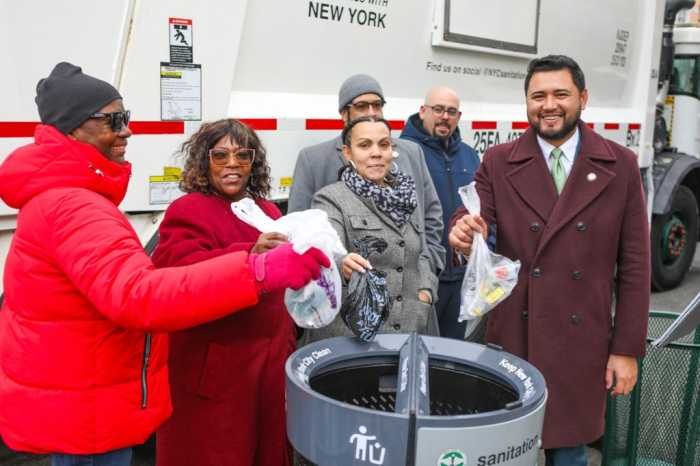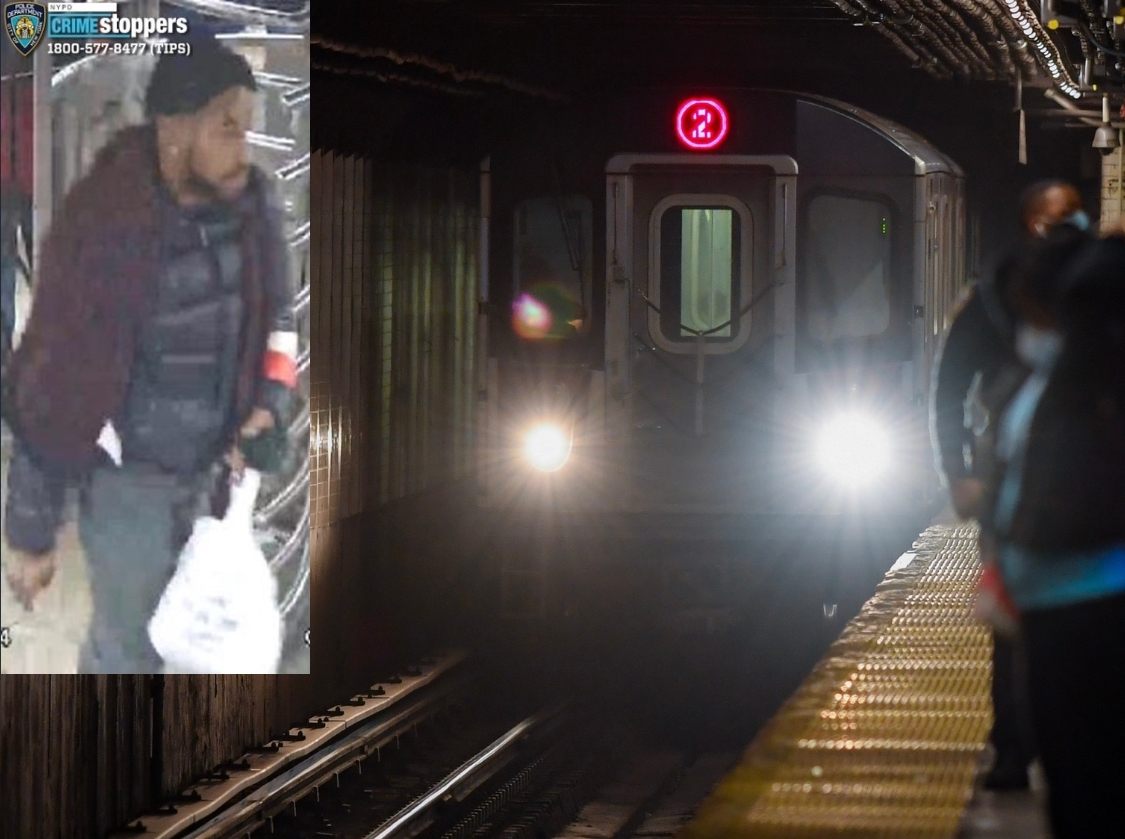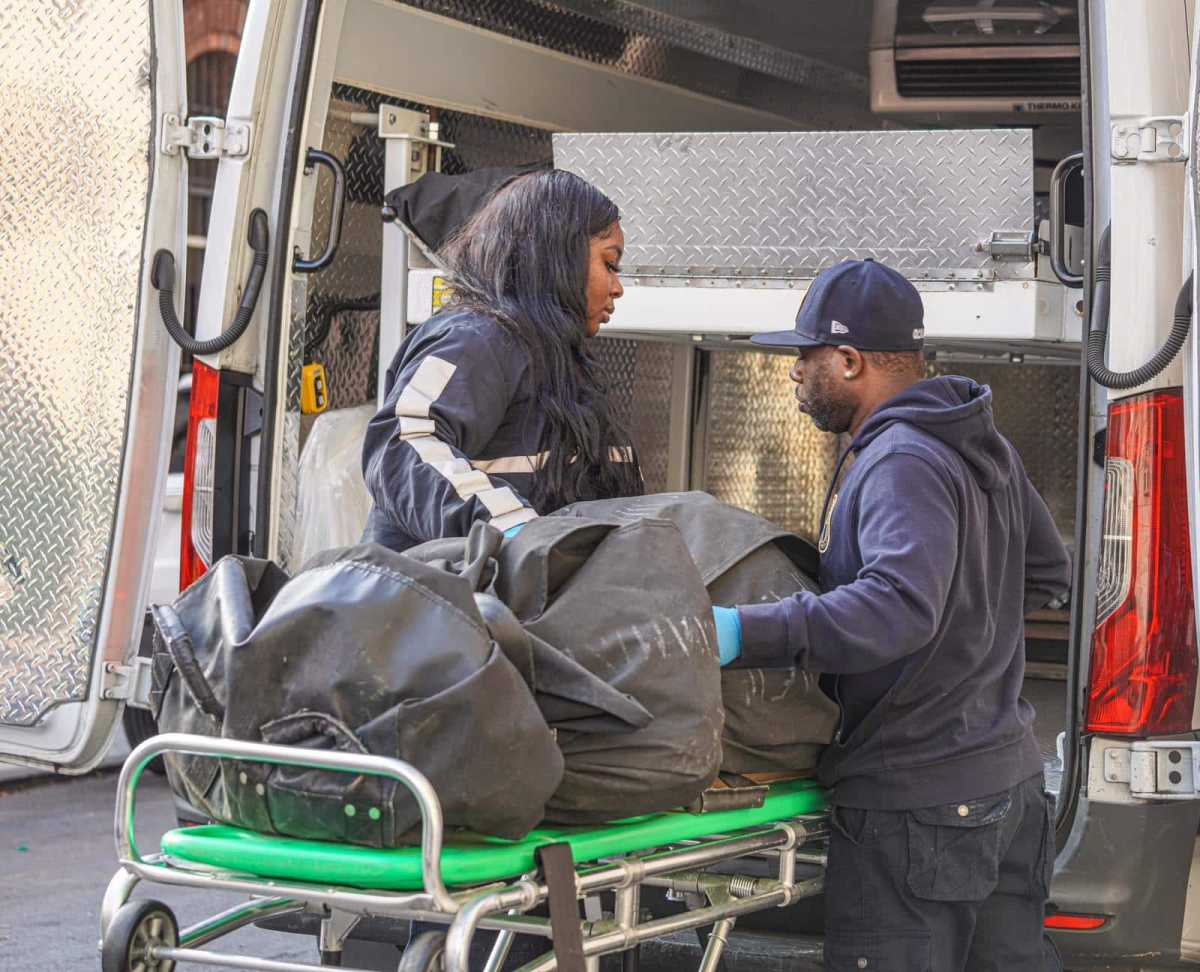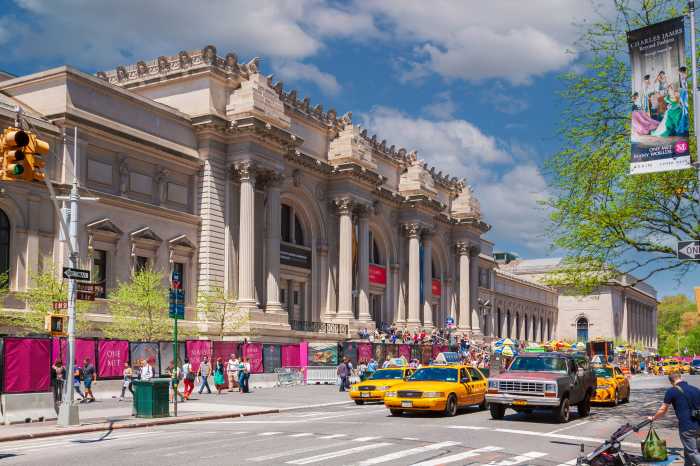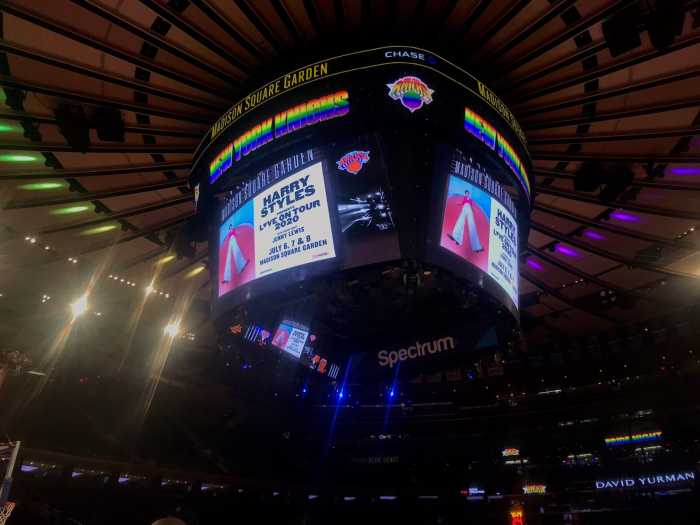Today, The Center for an Urban Future (CUF), an independent think tank focused on creating a stronger and more equitable economy for all New Yorkers, released their 16th annual ranking of national retailers in New York City. The 2023 State of the Chains report finds a 3.1% decrease in chain stores across the five boroughs in the past year. This represents the second largest single-year decline in chain stores since CUF began tracking chain retailers in 2008, with the first year of the COVID-19 pandemic being the only year with a larger decrease. This year’s decline breaks a two-year streak of modest chain store growth in New York City.
“Our 2023 State of the Chains report underscores the challenges that many national retailers are facing in New York, including hybrid work and the growth of e-commerce, and suggests that some of the changes we’ve seen to the retail market in recent years may be here to stay,” said Jonathan Bowles, executive director of the Center for an Urban Future. “After two years of modest growth, we saw chain store closures across the five boroughs, with most national retailers not coming close to reaching their pre-pandemic levels.”
The number of chain stores in the city in November 2023 was still 13.8% below the total from late 2019 — or 1,097 fewer stores than before the pandemic. More than half of the retailers that were featured in CUF’s 2019 State of the Chains report have fewer locations today than they did before the pandemic, including 11.2% who no longer have any stores here.
All five boroughs are still at least 5% below their pre-pandemic chain store level, with Manhattan’s losses from 2019 to 2023 being the most significant. Today, Manhattan has 18.3% fewer chain stores than it did in 2019 — or 545 fewer stores. Staten Island (still down 5.5%) has come the closest to reaching its pre-pandemic totals, followed by Brooklyn (-10.9%), Queens (-11.3%) and the Bronx (-13.8%).
Every borough experienced a decrease in chain stores in 2023. The largest decline was seen in the Bronx (4.4% for a loss of 41 stores), while the decline was 3.3% in Queens (a loss of 59 stores), 2.7% in Manhattan (a loss of 84 stores), 3.1% in Staten Island ( a loss of 15 stores), and 2.9% in Brooklyn (a loss of 50 stores). Over the past year, 116 of the city’s zip codes experienced a decline in chain stores — more than three times as many as the 32 zip codes that registered an increase in stores. This is a significant change from last year, when 67 zip codes experienced gains. The zip codes that suffered the biggest losses include 11201 in Brooklyn Heights/Downtown Brooklyn (13 stores), 10001 in Hudson Yards/Midtown West (13 stores) and 10012 in Soho/Greenwich Village (10 stores).
This decline has occurred despite workers returning to offices, and increases in subway ridership and tourism. For the fifth year in a row, merchandise retailers — including pharmacies, cell phone stores, and retailers selling clothing, shoes, cosmetics, and other non-food items that can be ordered online — accounted for a disproportionate share of chain stores closures.
This year, cell phone stores and pharmacies accounted for the greatest losses. No retailer contracted more than T-Mobile, which closed 62 stores, while Metro by T-Mobile (26 closures), AT&T (18 closures) and Verizon Wireless (9 closures) also saw large declines. Rite Aid shuttered more than half of its store locations (55 stores in total) while Duane Reade had closed 16 stores and CVS reduced its footprint by four stores. Merchandise retailers selling clothing, luggage, and shoes also had notable store declines, including Bed, Bath & Beyond (closing all 13 of their locations), V.I.M. (nine closures) and Party City (seven closures).
Despite continued challenges, dozens of retailers are expanding their presence, including newer chains such as Playa Bowls (expanding from 15 to 22 stores), Nuts Factory (from five to 10 stores), Orangetheory Fitness (from 23 to 29 stores), Intimissimi (from five to 10 stores), Kyuramen (seven to nine stores), Naya (12 to 15 stores), Insomnia Cookies (15 to 19 stores), Alo (from four to seven stores), Everytable (from seven to nine stores), Warby Parker (from 10 to 15 stores), Pelicana Chicken (from eight to 10 stores), Aesop (from 11 to 13 stores), and Le Café Coffee (from 13 to 16 stores).
Other types of stores seeing increases include package delivery chains, fast food restaurants that do not primarily sell hamburgers, retailers selling dessert items, and coffee chains.
With 619 stores, Dunkin’ Donuts is the retailer with the most stores in the five boroughs, a title it has held all 16 years since CUF started tracking chain store trends in New York. This year, Dunkin’ registered a net loss of one store and still has fewer store locations than it did before the pandemic (619 today compared to 636 in 2019).
For the second year in a row, Starbucks has the second-most chain stores in New York, increasing their footprint from 316 to 322. This year, Metro by T-Mobile remains in third place with 269 locations, experiencing a 26-store reduction from 295 to 269.
The other retailers in the top ten include Subway (which now has 215 stores after registering a decline of 39 stores since 2022); Duane Reade (211 stores, -16); McDonald’s (185 stores, -six); Baskin-Robbins (183 stores, +one), T-Mobile (171 stores, -62); CVS (170 stores, -four); and Popeye’s (144 stores, +seven).
For more coverage, follow us on Twitter, Facebook and Instagram @bronxtimes


